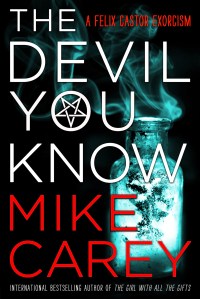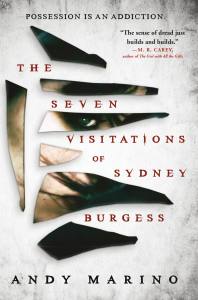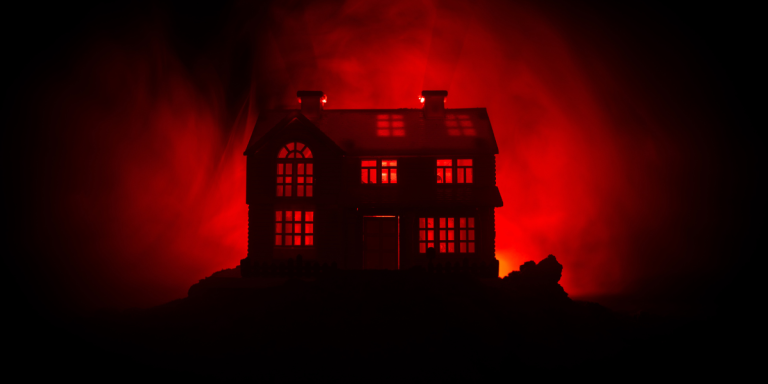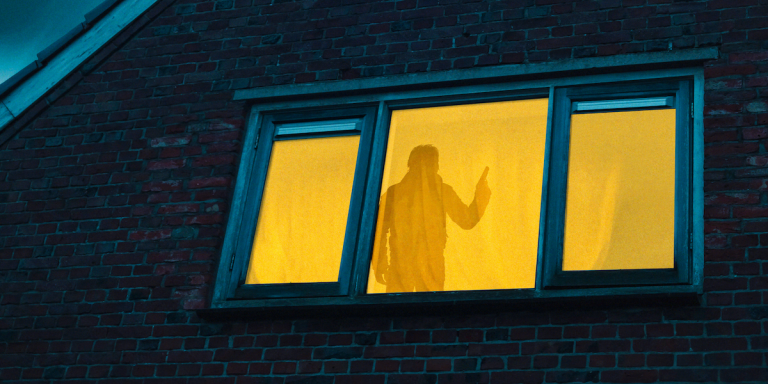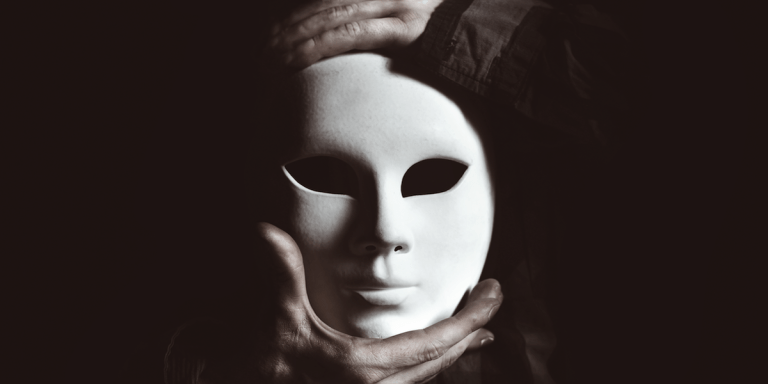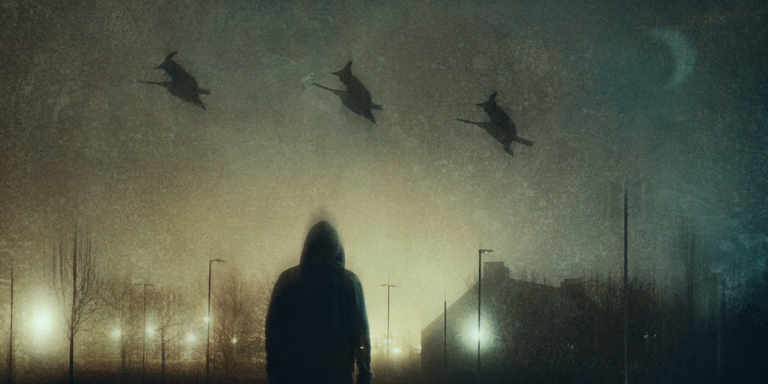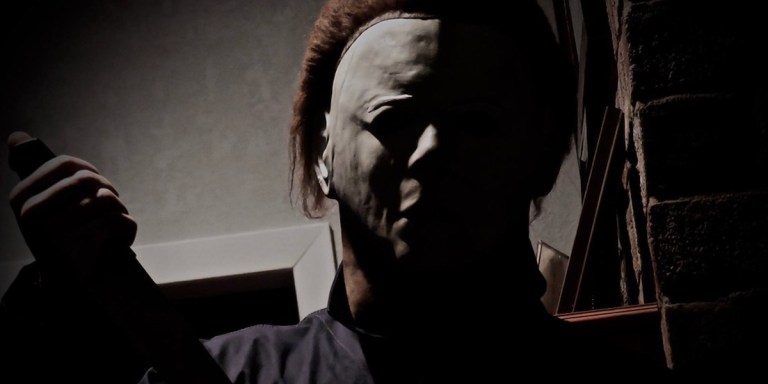Roland Doe: The Chilling True Story that Inspired The Exorcist
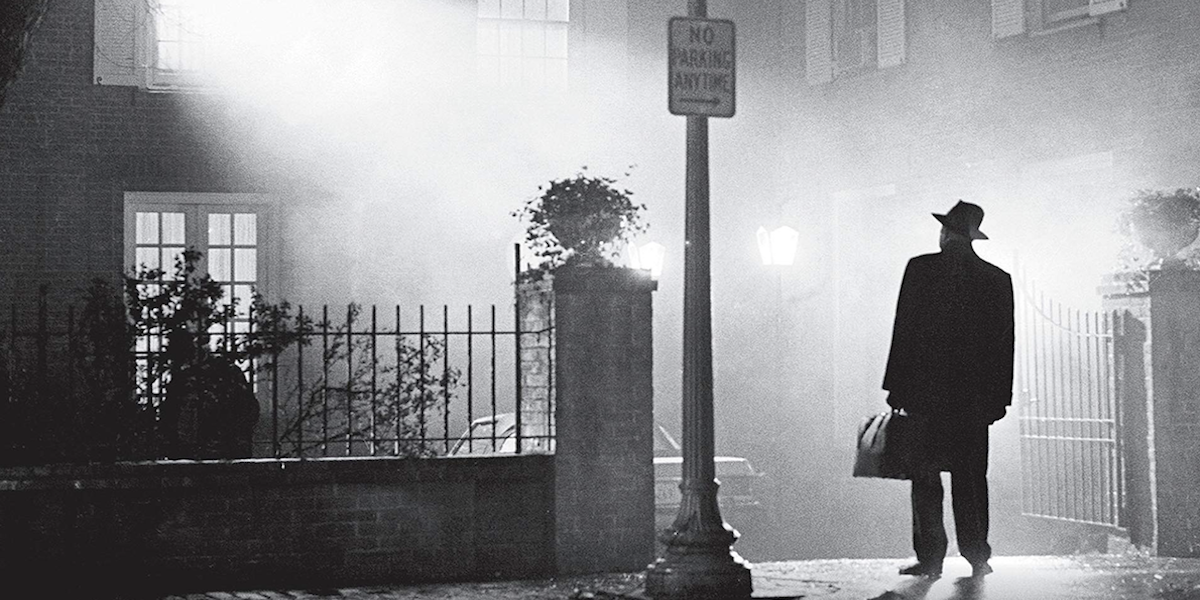 The Exorcist is a classic 1973 horror film directed by William Friedkin. The film, which tells the story of a young girl who is possessed by a demonic force, is one of the highest-grossing horror films of all time, and critics praised it as a truly terrifying film experience. But many people don’t realize that the popular horror film was actually inspired by a true story. Just in time for Halloween, here’s the real story behind one of the scariest movies ever made.
The Exorcist is a classic 1973 horror film directed by William Friedkin. The film, which tells the story of a young girl who is possessed by a demonic force, is one of the highest-grossing horror films of all time, and critics praised it as a truly terrifying film experience. But many people don’t realize that the popular horror film was actually inspired by a true story. Just in time for Halloween, here’s the real story behind one of the scariest movies ever made.
In the late 1940s, a 13-year-old boy commonly known by the alias Roland Doe was morning the death of his aunt. The aunt had taught him about spiritualism, including how to use the Ouija Board. Roland’s family notes that strange things started happening in their house shortly after the death of this beloved family member.
In January 1949, the family reported hearing strange dripping noises and scratching sounds in the house. At first, Roland’s mother believed the noises were connected to the dead aunt. So the family started trying to reach out to the spirits they believed to be in the house, hoping they could reason with them, and asked to be left alone. However, this only made things worse. Roland claimed he could hear someone walking in his room at night when he was trying to sleep, and there were scratch marks found on his mattress in the morning. Eventually, scratch marks began also appearing on his body.
Not knowing what else they could do, the family called the local minister, and after observing the boy overnight at the church, the minister suggested they reach out to Jesuits. The family converted to Catholicism and tried to have Roland baptized, but the young boy responded to their Baptism attempts with unbridled rage. At one point, Roland was admitted to a hospital where a psychiatrist attempted to treat him but was ultimately unsuccessful.
From there, the family thought moving Roland to a different house might make the spirits leave them alone, but the strange events continued. The family was out of options, and so they called upon priests to perform an exorcism. Father Raymond J. Bishop was one of the priests who was called in for the exorcism. Bishop later wrote about his experiences.
Another priest who came to assist the family was Father William S. Bowdern. At one point, Bowdern attempted to protect Roland through blessings and by putting a crucifix under the young boy’s pillow. After leaving Roland to rest, the family returned to find furniture flipped over and the crucifix moved the edge of the bed. Roland’s mattress was shaking uncontrollably.
Priests performed multiple exorcisms on young Roland Doe. One was performed at Georgetown University Hospital, a Jesuit institution. Another took place at The Alexian Brothers Hospital in South St Louis, Missouri. While the exorcisms were performed, young Roland vomited, urinated, spit, and spoke in Latin. Roland also took on a deep, adult-sounding voice that was unfamiliar. The final exorcism was conducted with the help of priests Walter Halloran and William Van Roo. At some point during the exorcism ritual, Halloran’s nose was broken. In the end, the priests claimed they were successful in exorcising the demons from Roland’s body, and the young boy went on to live a normal life.
William Peter Blatty consulted Bishop’s journals and talked with Bowdern in order to get the details of the exorcism for his fictional account of a similar story in his novel The Exorcist. Blatty’s novel was quickly picked up and adapted into a film, and both the novel and the film remain popular to this day.
Suspense Books About Possession
Two years after its publication, The Exorcist was, of course, turned into a wildly popular motion picture, garnering ten Academy Award nominations. On opening day of the film, lines of the novel’s fans stretched around city blocks. In Chicago, frustrated moviegoers used a battering ram to gain entry through the double side doors of a theater. In Kansas City, police used tear gas to disperse an impatient crowd who tried to force their way into a cinema. The three major television networks carried footage of these events; CBS’s Walter Cronkite devoted almost ten minutes to the story. The Exorcist was, and is, more than just a novel and a film: it is a true landmark.
Purposefully raw and profane, The Exorcist still has the extraordinary ability to disturb readers and cause them to forget that it is “just a story.” Published here in this beautiful fortieth anniversary edition, it remains an unforgettable reading experience and will continue to shock and frighten a new generation of readers.
Felix Castor is a freelance exorcist, and London is his stomping ground. It may seem like a good ghostbuster can charge what he likes and enjoy a hell of a lifestyle, but there’s a risk: sooner or later he’s going to take on a spirit that’s too strong for him.
When Castor accepts a seemingly simple ghost-hunting case at a museum in the shadowy heart of London, what should have been a perfectly straightforward exorcism is rapidly turning into the Who Can Kill Castor First Show, with demons and ghosts all keen to claim the big prize.
But that’s business as usual: Castor knows how to deal with the dead. It’s the living who piss him off...
Sydney's spent years burying her past and building a better life for herself and her young son. A respectable marketing job, a house with reclaimed and sustainable furniture, and a boyfriend who loves her son and accepts her, flaws and all.
But when she opens her front door, and a masked intruder knocks her briefly unconscious, everything begins to unravel.
She wakes in the hospital and tells a harrowing story of escape. Of dashing out a broken window. Of running into her neighbors' yard and calling the police.
The cops tell her a different story. Because the intruder is now lying dead in her guest room—murdered in a way that looks intimately personal.
Sydney can't remember killing the man. No one believes her.
Back home, as horrific memories surface, an unnatural darkness begins whispering in her ear. Urging her back to old addictions and a past she's buried to build a better life for herself and her son.
As Sydney searches for truth among the wreckage of a past that won't stay buried for long, the unquiet darkness begins to grow. To change into something unimaginable.
To reveal terrible cravings of its own.
By clicking 'Sign Up,' I acknowledge that I have read and agree to Hachette Book Group’s Privacy Policy and Terms of Use
